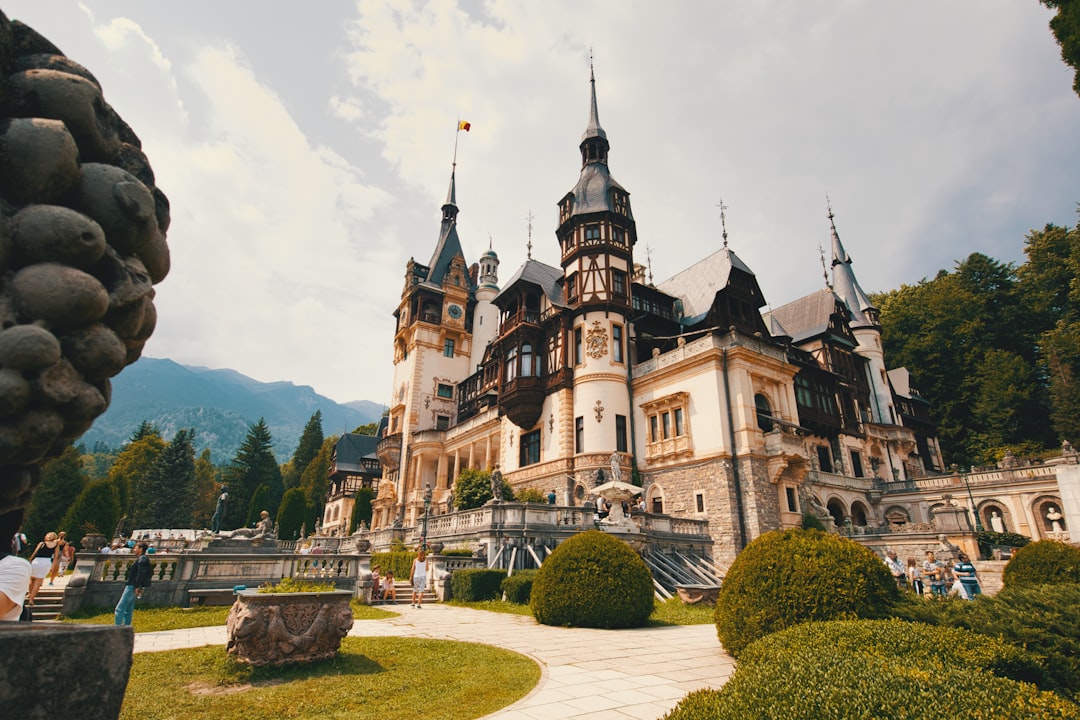Cetatea Râșnov

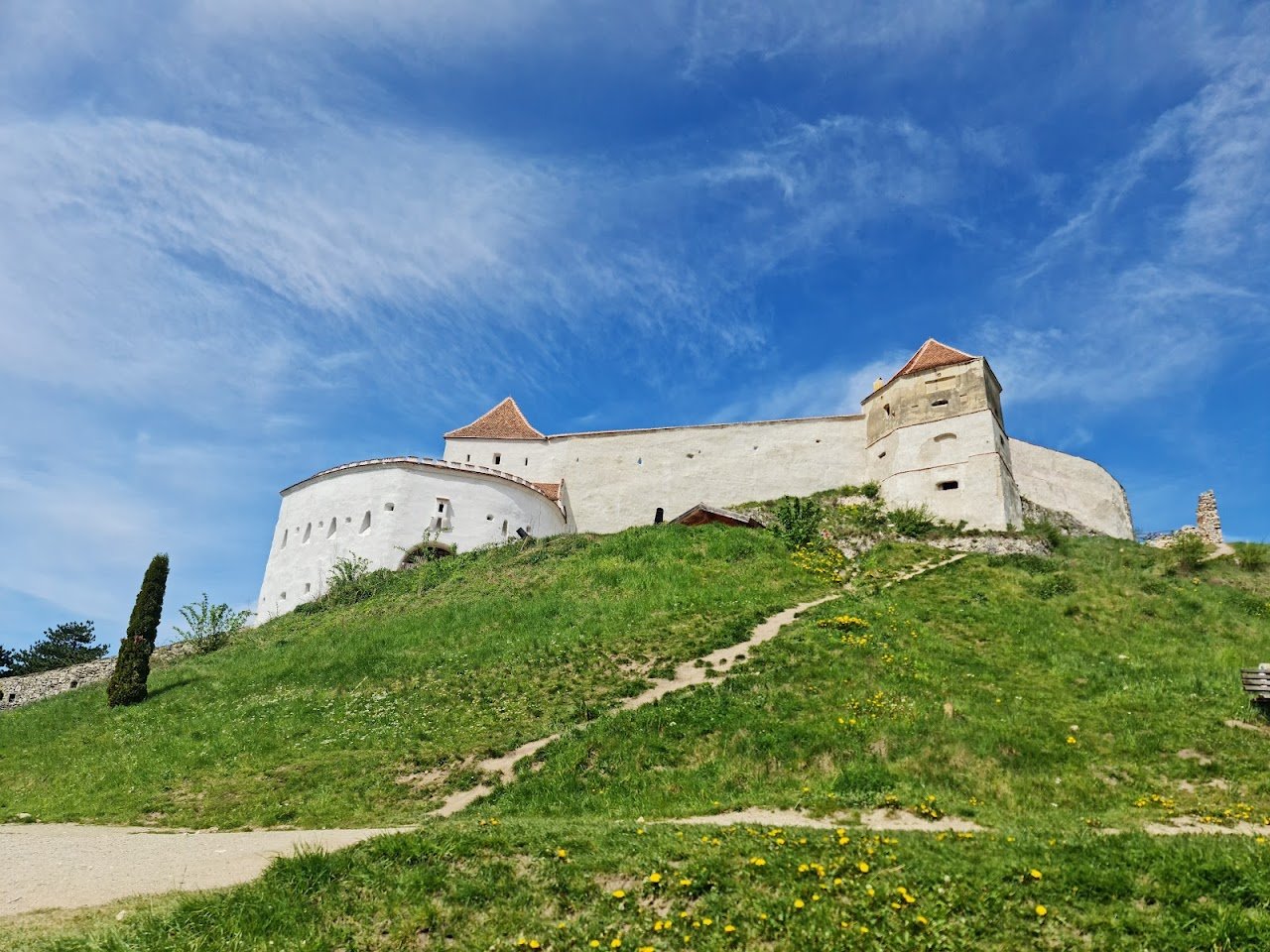
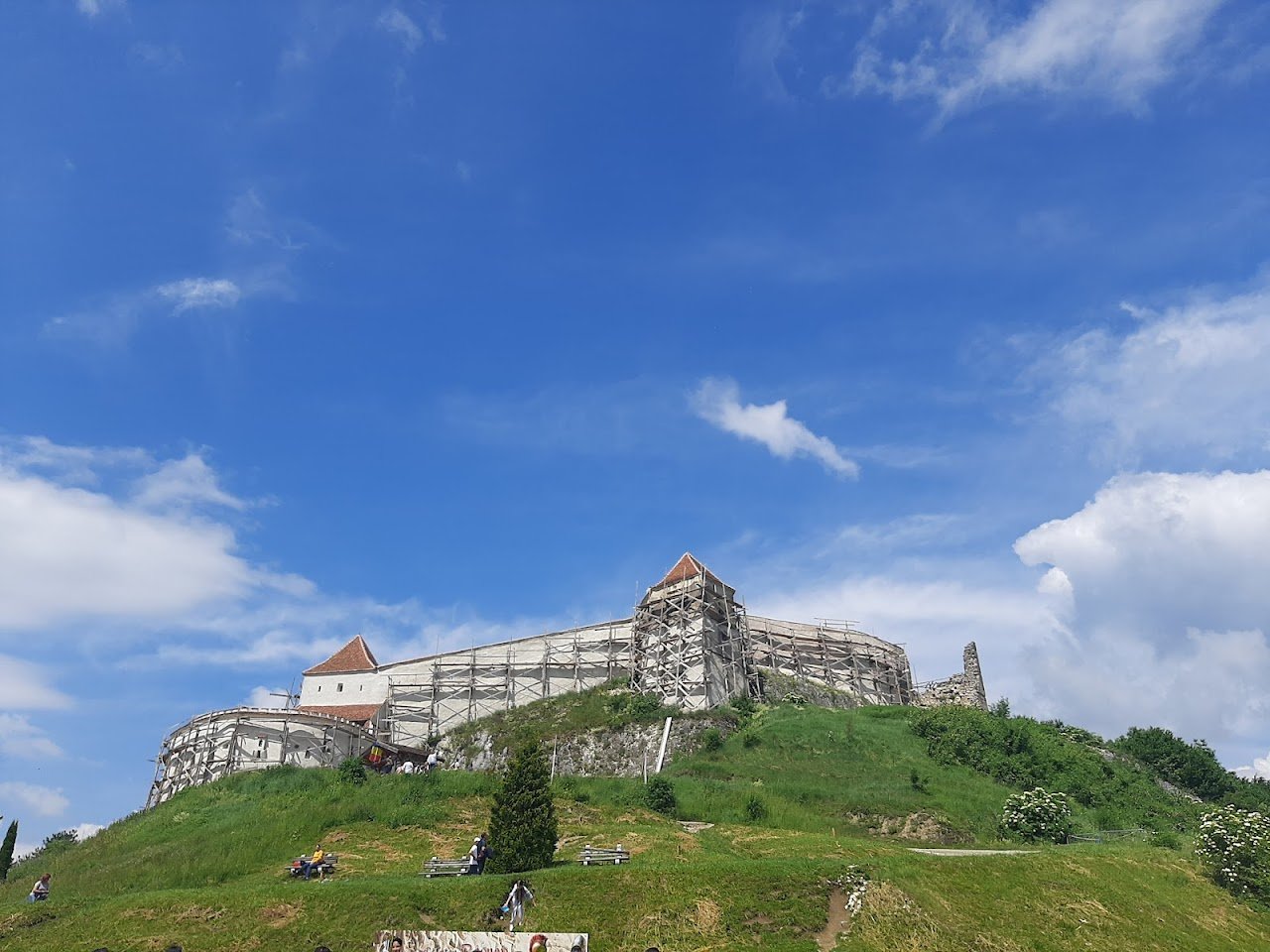
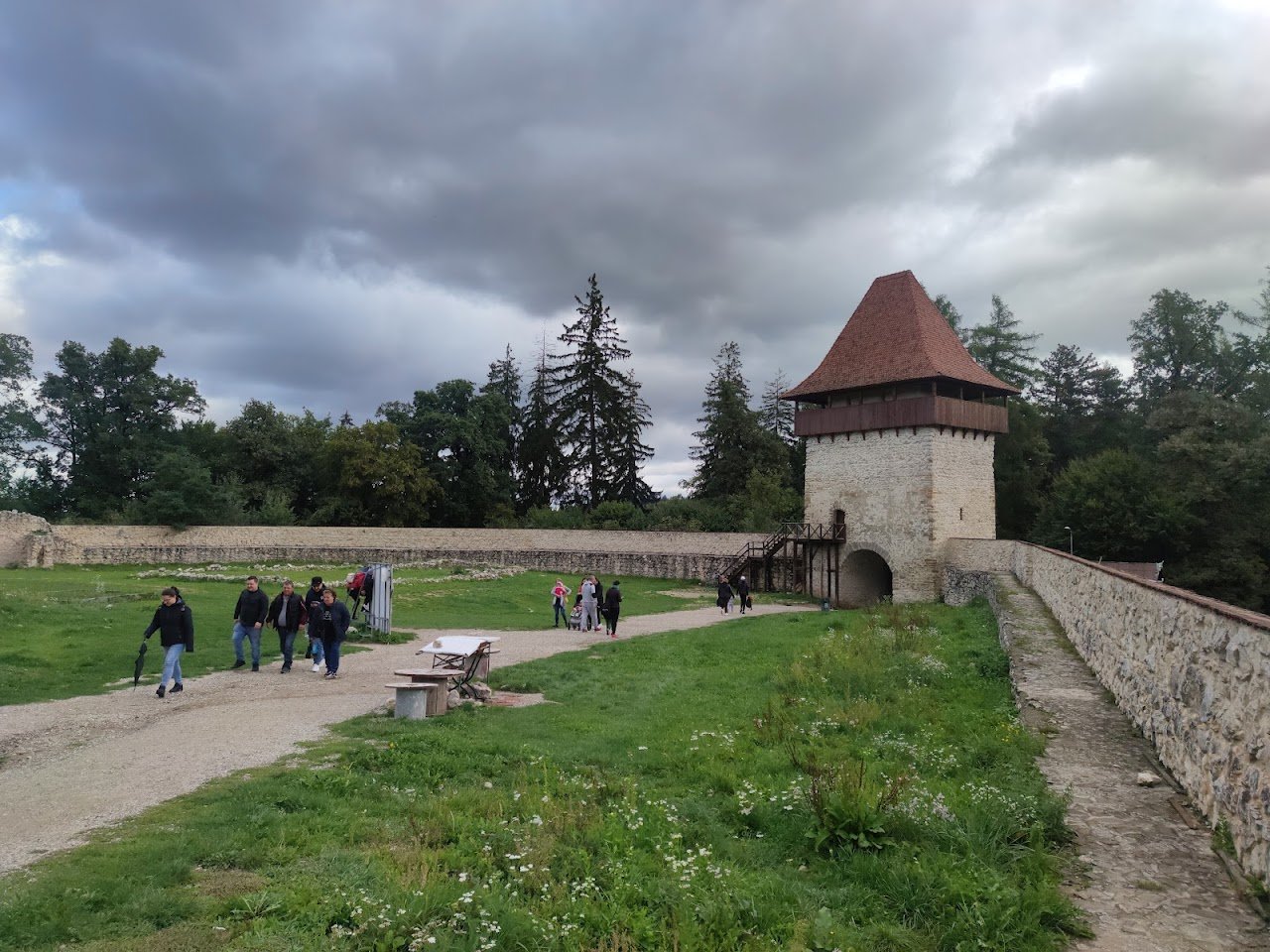
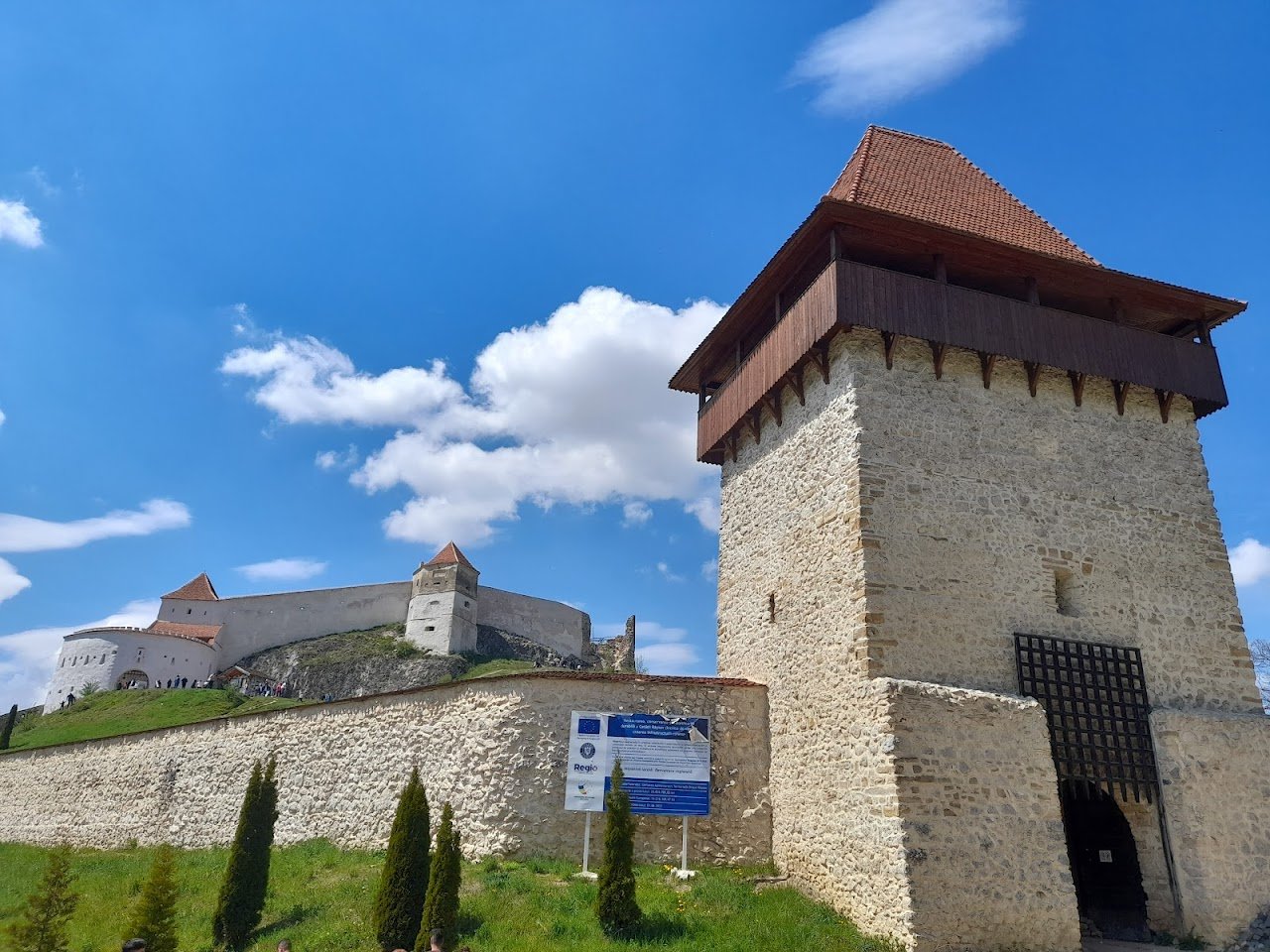
Ask ThatchGPT
Suggest a local expert to plan my trip
Suggest an unique itinerary for my Romania trip
What foods do Romania locals eat
What are some true hidden gems in Romania
Help me brainstorm trip ideas for Romania
Help me plan a family-friendly trip to Romania
What people say
Pedro Pereira
Available for hire
"Archaeological studies have revealed the existence of fortifications on the citadel hill dating back to Prehistory and the Dacian period. Although there is no proof of this, it is usually considered that the medieval citadel was built between 1211 and 1225, when Burzenland was under the rule of the Teutonic Knights. In 1335, during an incursion by Tatars that devastated Burzenland, the citadels of Râșnov and Brașovia were the only ones that were not conquered. The first historical mention of the Râșnov fortress dates back to this time.
In 1421 the first Ottoman siege took place. In 1600, the Wallachian prince Michael the Valiant retired to the citadel with his wife and troops after being defeated at Mirăslău. The citadel was conquered only once, during the reign of Prince Gabriel Báthory, in 1612. The collapse was caused by a lack of water due to the discovery of the secret path to a spring by enemy troops. Between 1623 and 1642 a well 146 meters deep was dug to solve the problem of lack of water inside the citadel. In 1725, the citadel was partially destroyed by fire and in 1802 it was damaged by an earthquake.
In 1821, some rebels from the Revolution in Wallachia led by Tudor Vladimirescu took refuge in the citadel. Between 1848 and 1849, Hungarian revolutionary militias and Austrian imperial troops passed through Râșnov several times, which led the villagers to seek refuge in the citadel. This was the last time the fortress was used as a place of refuge and defense. In 1850, due to the political situation and the diminishing defensive role of the citadel, it was abandoned, falling into ruins. There was only one guard left there, who was supposed to warn of fireworks by ringing a bell. The fortress was first restored between 1955 and 1956.
Legend of the well
The lack of a water source within the enclosure limited resistance to long-term sieges, so in 1623 it was decided to dig a well in the rocky soil. According to legend, during a siege the inhabitants forced two Turks to dig a well in the middle of the citadel in exchange for their release. The prisoners excavated for 17 years, during which they wrote verses from the Quran on the walls of the well that can still be seen today. The fate of the prisoners is unknown; according to some versions of the legend, they were freed, according to others, they were killed. The well was used until 1850, when it was abandoned due to a broken capstan wheel.
The oldest inhabitants of Râșnov believe that at the bottom of the well lies a treasure that is at least 300 years old. However, cavers recently explored the well and found no traces of such a treasure."
Amy Crowder
Available for hire
"Râșnov Fortress was built by the Saxons and the Teutonic knights between 1211–1225. It was utilized as a defensible refuge for princes, warriors, armies, and commoners for more than 600 years, only once being successfully conquered. Abandoned from the mid-1800's, the fortress fell to ruins.
The Râșnov Fortress is undergoing renovations. While work is being conducted, the gardens of the fortress are free to visit.
The fortress can be accessed on foot or by taking the incline lift, which operates Thursday - Sunday from 9:00am-5:00pm year round."
Read more in:
Corina Pavel
Available for hire
"Beautiful place, fantastic view, great history! You can walk through woods or take the Inclined Lift."
Read more in:
Mentioned in these guides
About Cetatea Râșnov
Get the inside scoop on Cetatea Râșnov from local experts, travel creators, and tastemakers. Browse genuine trip notes, Cetatea Râșnov reviews, photos, travel guides, and itineraries from real travelers and plan your trip with confidence.
Save this spot for later or start mapping out a new trip today
Try our AI Travel Assistant and get instant answers to any questions about your trip.
Ask ThatchGPT
